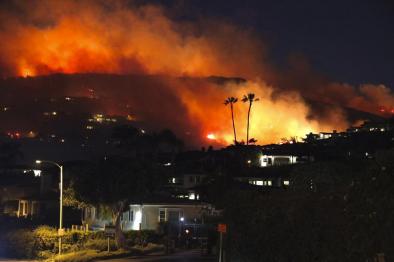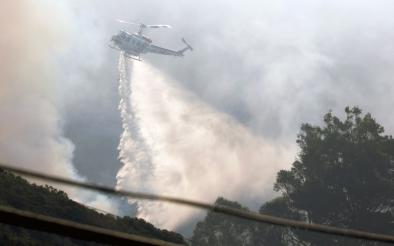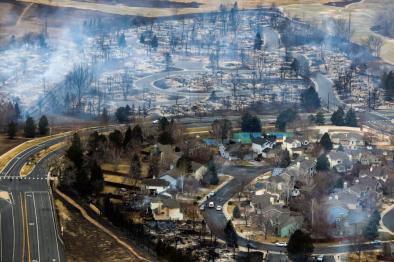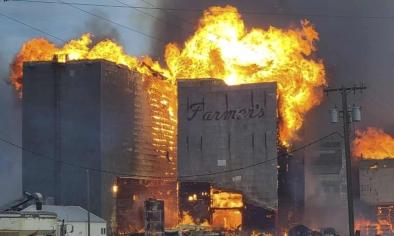Science Source
Seasonal Climate Variability and Change in the Pacific Northwest of the United States
- Examines observed changes in climate of the U.S. Pacific Northwest since the early twentieth century using four different datasets
- Finds that annual mean temperature increased by approximately 0.6°–0.8°C from 1901 to 2012, with corroborating indicators including a lengthened freeze-free season, increased temperature of the coldest night of the year, and increased growing-season potential evapotranspiration
- Identifies linear trends in the dates of the last spring freeze, first autumn freeze, and length of the freeze-free season
- Finds the date of the last spring freeze has advanced by, on average, 9 days since 1950, while the date of the first autumn freeze has been delayed by a comparable number of days since 1950; these changes have resulted in an extension of the freeze-free season, or growing season by an average of approximately two weeks over the last four decades
- Finds no significant changes in the date of the last spring freeze have been observed from 1980 to 2012 (which is consistent with observed trends in seasonal temperature), whereas there has been continued delay in the date of the first autumn freeze
- Finds nonsignificant cooling was observed during spring from 1980 to 2012 despite increased warming rates in most seasons over the last half century
- Observations show a long-term increase in spring precipitation; however, decreased summer and autumn precipitation and increased potential evapotranspiration have resulted in larger climatic water deficits over the past four decades
- Finds that the El Niño–Southern Oscillation and the Pacific–North American pattern were the primary modulators of seasonal temperature trends on multidecadal time scales: solar and volcanic forcing were nonsignificant predictors and contributed weakly to observed trends
- Finds that aanthropogenic forcing was a significant predictor of, and the leading contributor to, long-term warming; natural factors alone fail to explain the observed warming
- Finds poor model skill for seasonal precipitation suggests that other factors need to be considered to understand the sources of seasonal precipitation trends
Related Content
Headline

Feb 11, 2022 | Climate Nexus Hot News
Fires Burn In Hot, Dry Southern California, In February
Headline

Jan 24, 2022 | Reuters
Firefighters gaining control of wildfire that closed scenic California highway
Event

Jan 5, 2022
Marshall Fire December 2021
Headline

Dec 7, 2021 | The Guardian
Winter heatwave breaks records in four US states


